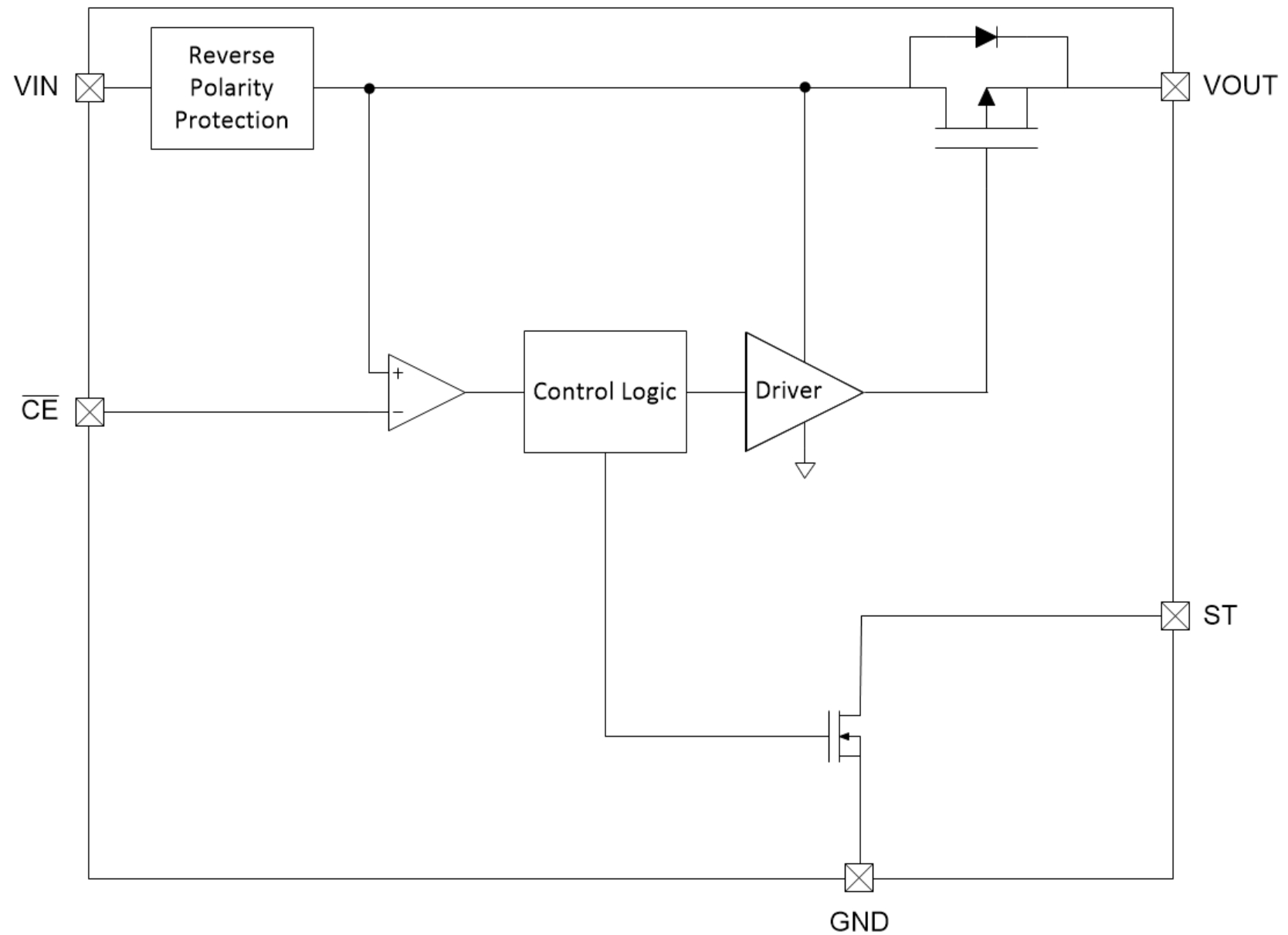TIDUEZ4 May 2021
- Description
- Resources
- Features
- Applications
- 5
- 1System Description
-
2System Overview
- 2.1 Block Diagram
- 2.2 Highlighted Products
- 2.3 Design Considerations
- 3Hardware, Software, Testing Requirements, and Test Results
- 4Design and Documentation Support
- 5About the Author
2.2.2.8 LM66100
The LM66100 is a Single-Input, Single-Output (SISO) integrated ideal diode that is well suited for a variety of applications. The device contains a P-channel MOSFET that can operate over an input voltage range of 1.5 V to 5.5 V and can support a maximum continuous current of 1.5 A. The chip enable works by comparing the CE pin voltage to the input voltage. When the CE pin voltage is higher than VIN by 80 mV, the device is disabled and the MOSFET is off. When the CE pin voltage is lower than VIN by 250 mV, the MOSFET is on. The LM66100 also comes with reverse polarity protection (RPP) that can protect the device from a miswired input, such as a reversed battery.
This reference design implements both battery as well as USB input for camera. Two LM66100 ideal diodes are used to select power input from either USB or battery and prevent reverse current flow between the supplies.
 Figure 2-13 LM66100 Functional Block
Diagram
Figure 2-13 LM66100 Functional Block
Diagram